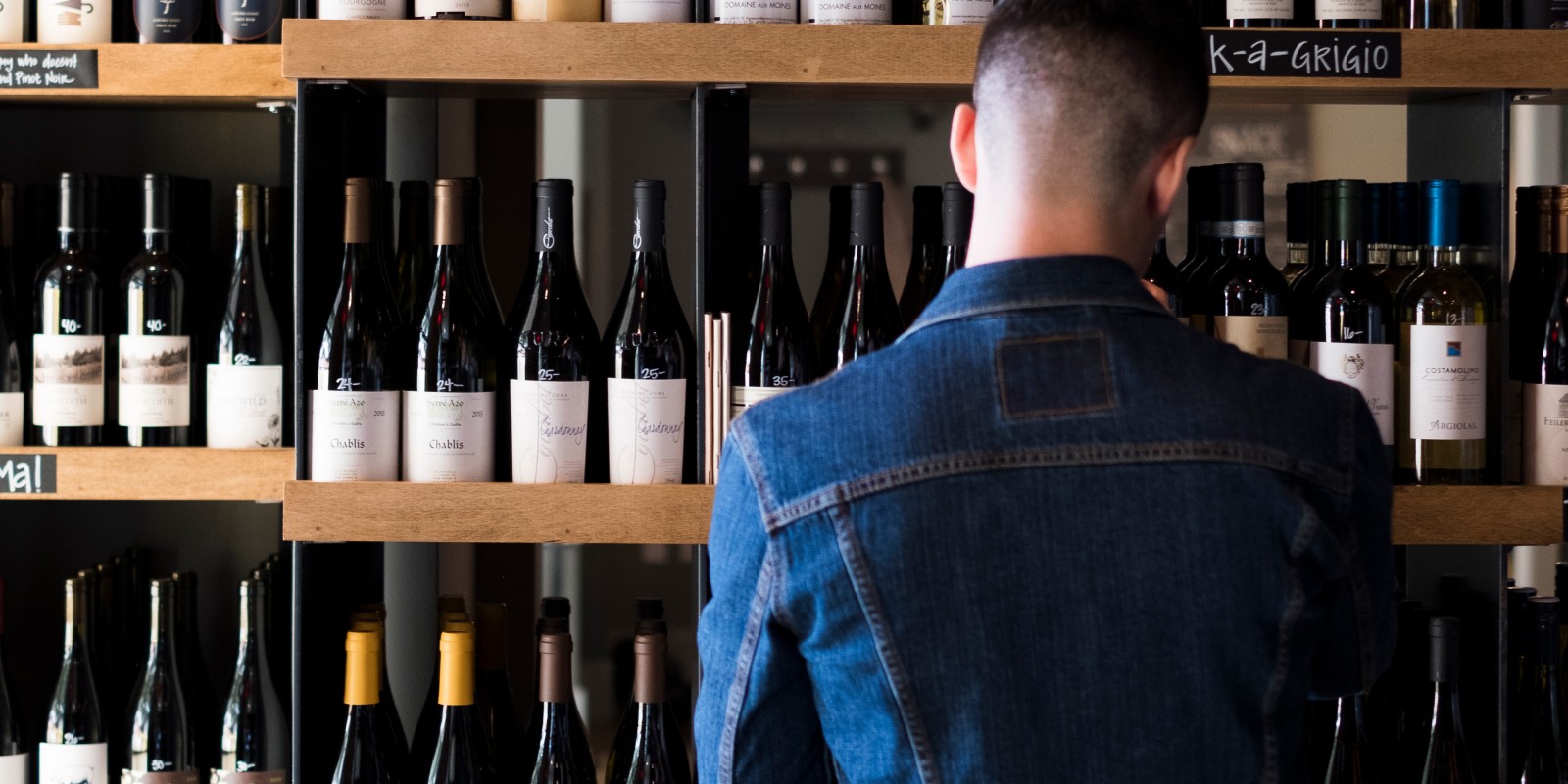
Essential Strategies for Buying Quality Affordable Wine
Strategies for sipping boldly without breaking the bank

In the small bottle shop in downtown Napa’s Compline restaurant (complinewine.com), you’ll find hardly any Cabernets from the region the eight-month-old store serves—though they do show up on the adjoining wine bar and restaurant’s menu. What you will see on the shelves is a $9 bottle of Montepulciano. In fact, most of the wines are tagged between $10 and $35, and the majority of Napa Cabs simply don’t make the cut for that price range. Instead, master sommelier Matt Stamp and business partner Ryan Stetins stock labels that let you take a chance on something new without a lot of risk—the vino buyer’s equivalent of a trust fall. To offer such affordable discoveries, Stamp and Stetins are clearly smart shoppers. Here they suggest three strategies for anyone looking to punch up the adventure in home sipping, even on a tight budget.
At Your Wine Shop: Find a Guide
Because most of us can’t spend an afternoon tasting 45 wines to choose three or four that we like, we need to lean on someone who can and does—the somm at an independent wine shop who has his or her ear to the ground and takes pleasure in discovering the edgy bottles you won’t find in your Instagram feed. Stamp advises telling him or her three things.
Talking points:
Price. Be up-front about exactly what you want to pay—there’s no reason to be embarrassed.
Specifics. Tell the somm about a bottle you’ve had recently—one that you loved. It’s not enough to try to describe its style; when it comes to wine, we don’t all speak the same language.
Make a request. Suggest any quirky thing you’d like to see on their shelves, even if it’s sparkling Shiraz.
In the West: Fly under the Radar
It’s not news that wines from top producers in our most famous regions are prodigiously expensive. Stamp’s approach: Find local vintners who have day jobs in the industry already but are starting to make wine under their own labels from cheaper areas farther afield, including Mendocino, El Dorado, the Santa Cruz Mountains, and the Columbia Gorge.
Current favorites:
Enfield Wine Co. Pan-California; enfieldwine.com.
Houndstooth. Napa Valley; bpwine.com.
Massican. Pan-California; massican.com.
Matthiasson. Napa Valley; matthiasson.com.
Porter Creek Vineyards. Russian River Valley; portercreekvineyards.com.
Rhys Vineyards. Santa Cruz Mountains; rhysvineyards.com.
